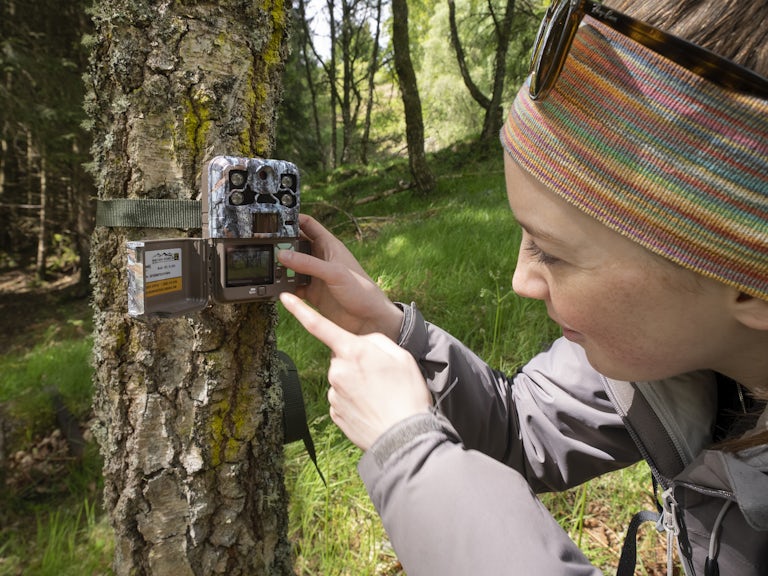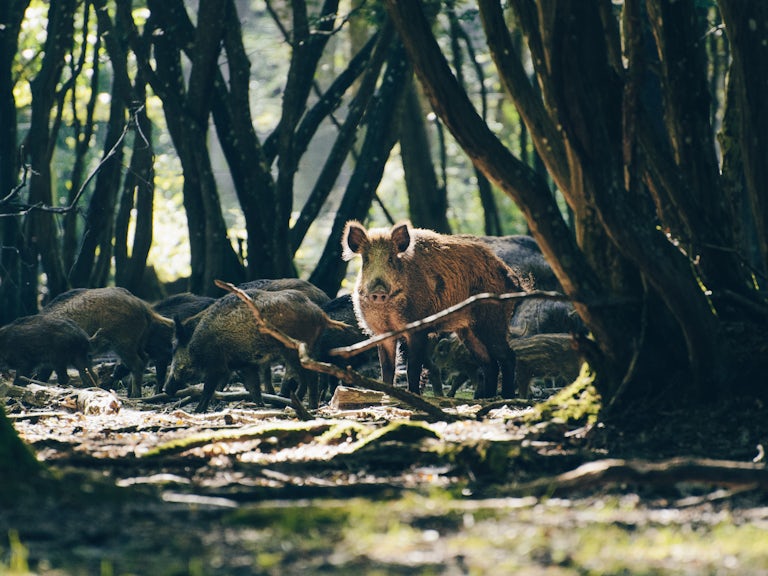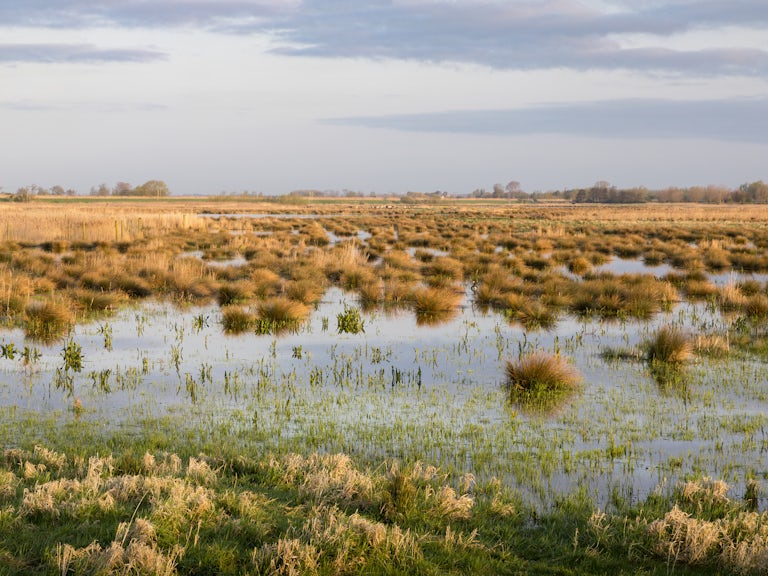Rooting Around for Answers
Wild boar have a damaged reputation but create a kaleidoscope of habitats for other species. Izzy Taylor shares some thoughts from the field.
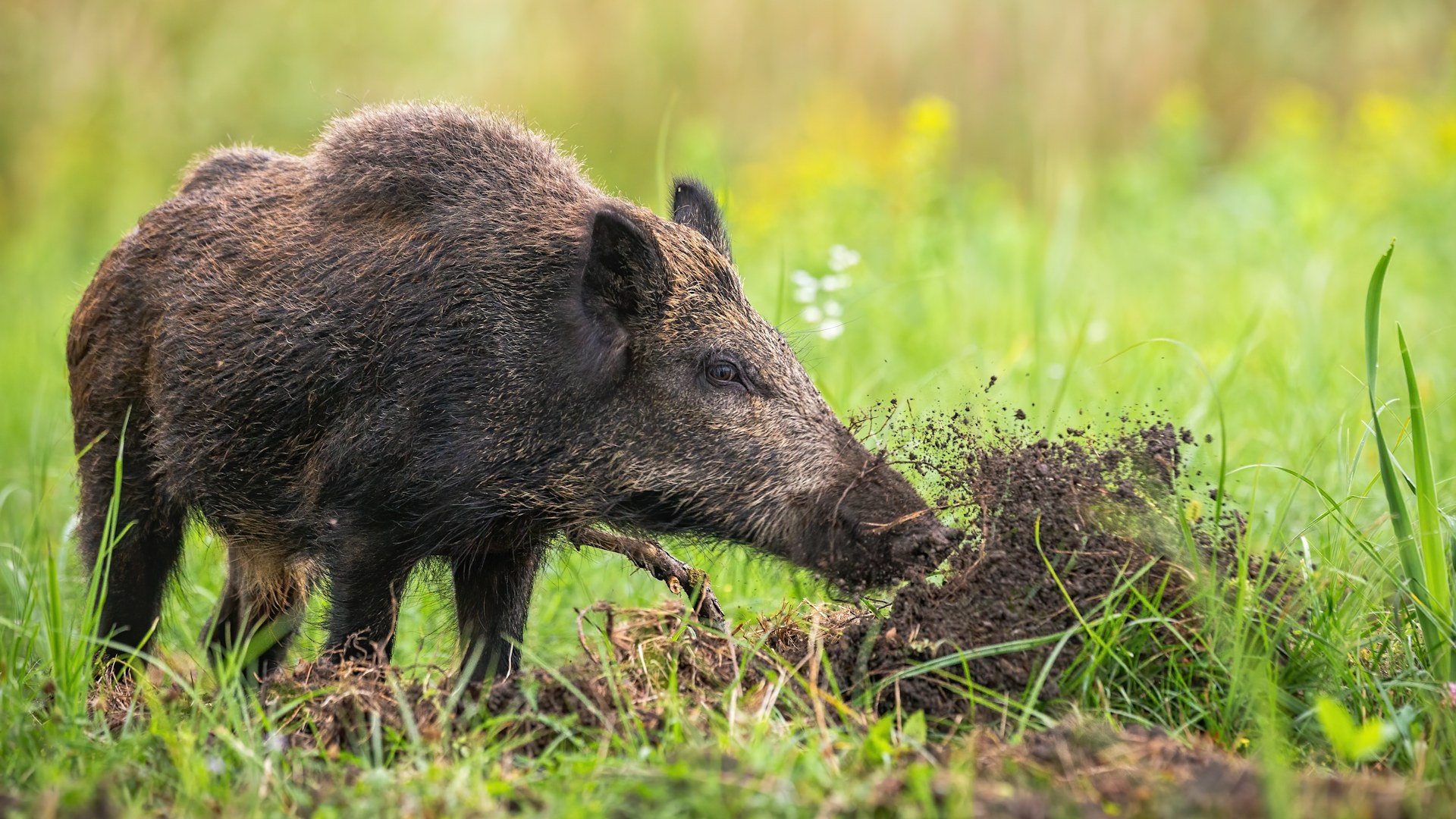
Published 13/02/2019
It’s a warm September afternoon on Knepp Estate, East Sussex. A small band of students is tramping through the fleabane, wielding quadrats and plant identification guides. We pause for shade under an impressive oak and listen — stifled snuffles and snorts approach from the right.
Emerging from behind a nearby clump of brambles are two magnificent russet red Tamworth pigs, their lengthy, fortified snouts ploughing through the soil like tanks, tossing chunks of grass left and right. We are simultaneously in awe of their chunky cuteness and somewhat alarmed by their increasing proximity. One, a large female, is now only a couple of metres away. She looks up, snorts disgruntledly, and waddles off to continue on her quest for acorns. We breathe, and then excitedly compare photographs.
Back in 2009, twenty Tamworth pigs were introduced to the southern area of Knepp’s renowned rewilding project. They are there to fill in for an ecological role once played by native British wild boar (Sus scrofa), the wild relative of domestic pigs. But what exactly was that role? And how important could it be to the restoration of Britain’s biodiversity? The answers aren’t entirely clear but they have important implications for the management and conservation value of these humble hogs.
Patriotic porcines?
In the UK, free-living wild boar are thought to have been hunted to extinction around the 13th century, but the nineties and noughties saw their reappearance in parts of Dorset, East Sussex and Kent. They now roam wild across areas of southern England and Wales, as well as in parts of Scotland.
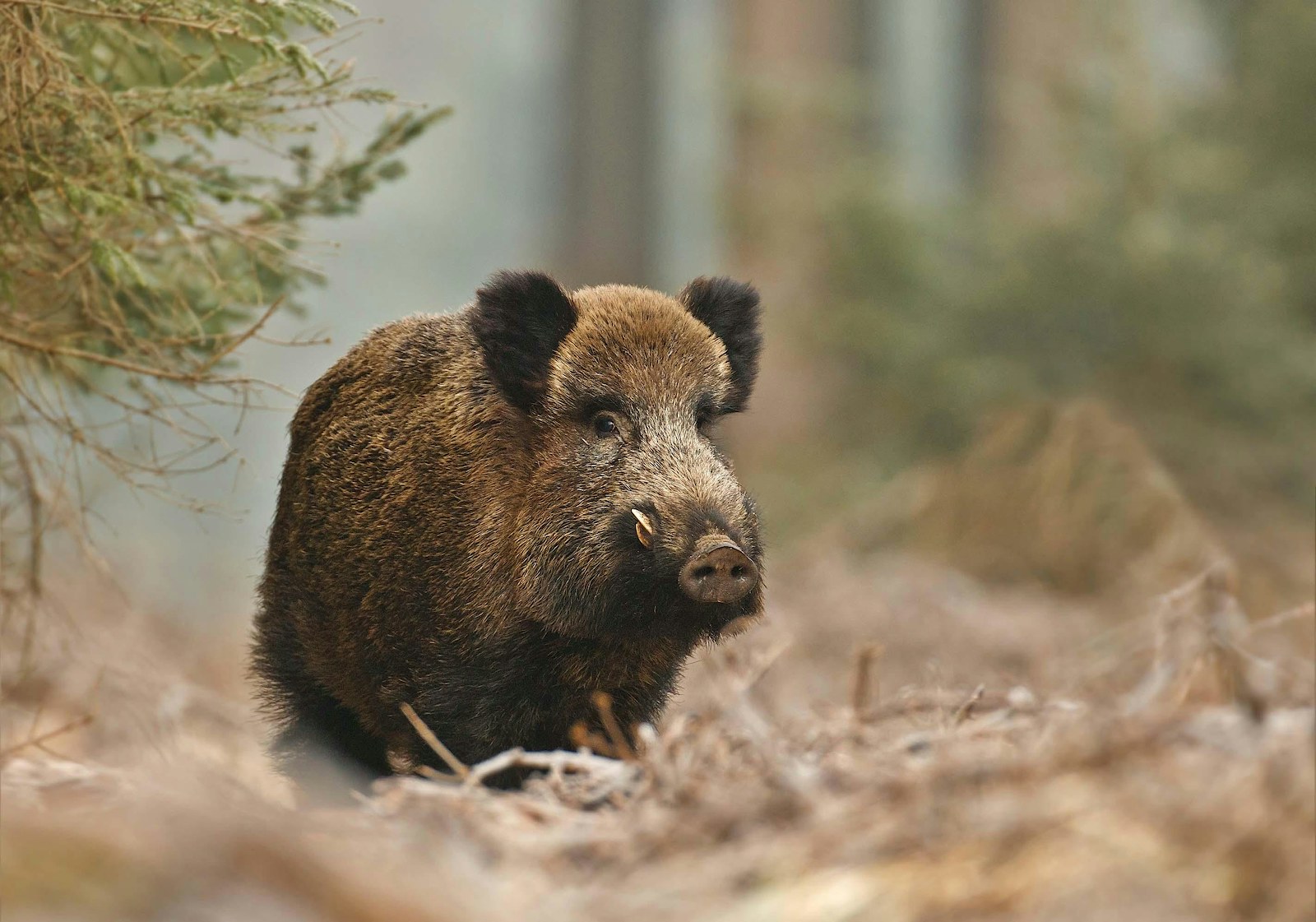
While the return of a once extinct species to the British landscape would seem to be cause for celebration, wild boar are currently afforded little legal recognition (aside from a listing under the Dangerous Wild Animals Act) and their presence has somewhat divided opinion.
One concern is the damage caused as they plough and forage beneath the surface of the soil, a behaviour known as ‘rooting’. Wild boar are capable of rooting tens of square metres per boar per week and this often results in unwanted disturbance to agricultural or other managed land. In creating patches of exposed soil, boars also alter the structure of natural environments — in some cases leading to declines in biodiversity.
However, there are some important facts to consider. Most research on wild boar has taken place where they are an invasive species, which says little as to how they interact in their native range.
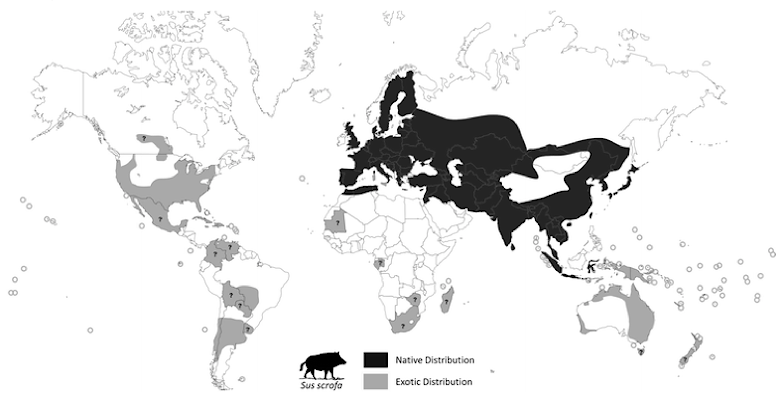
Also, many of these studies offer little insight into how their rooting behaviour affects biodiversity on a large scale and in the long term. Given that wild boar have long coevolved alongside our native wildlife, it seems unlikely that their impacts on home turf would be entirely negative. Indeed, other evidence suggests quite the opposite.
Rooting for rewilding
Last year, researchers in the Netherlands [1] found that by predominantly rooting in shallow grassy patches, wild boar were helping to establish micro-habitats suitable for the grizzled skipper (Pyrgus malvae) — a locally endangered butterfly.
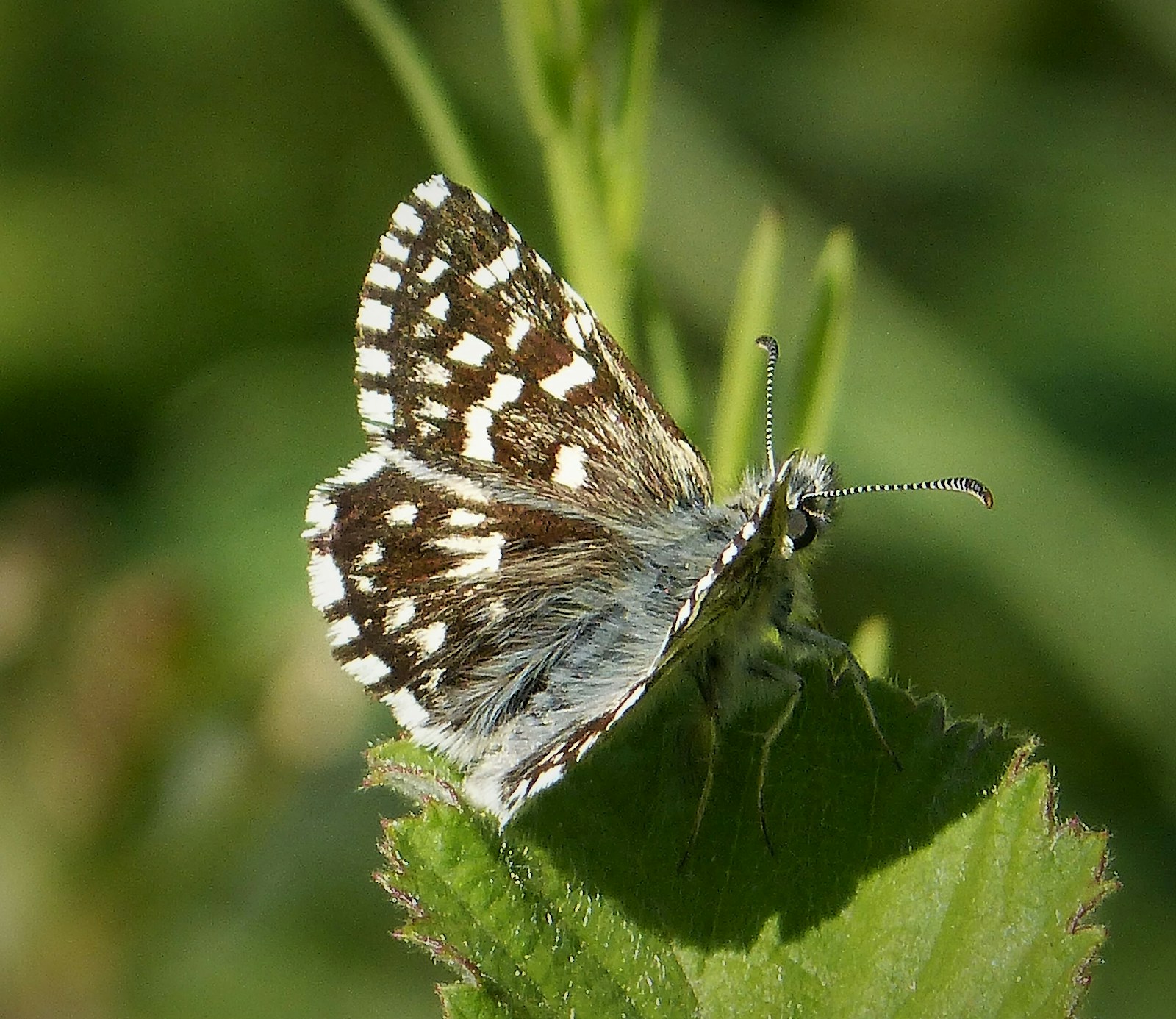
In southeast England, rooting decreased the abundance of bluebells but subsequently triggered greater rates of germination [2], and in the mature forests of French Sologne, rooting was associated with higher abundance of ground-nesting birds [3].
Knepp Wildland boasts the UK’s only increasing turtle dove population and its largest breeding population of purple emperor butterflies. Both of these endangered species feed on pioneer plants, which germinate in the exposed earth created by Tamworth pig rooting – the bare soil also being colonised by solitary bees and ants.
By creating a kaleidoscope of disturbed and undisturbed habitat, removing some species and making way for others, pigs and wild boar have earned themselves the title of ‘ecosystem engineers’. The exact impact of these ecosystem engineers is complicated, and likely depends on where, when and how much rooting happens. More research is needed to unravel the complex relationship between wild boar and their environment, but one thing remains clear: if we aim to restore Britain’s wild identity, then we should recognise that wild boar have an important role to play.
Izzy Taylor is studying for an MSc in Global Biodiversity Conservation at the University of Sussex. Her visit to the Knepp Estate was taken as part of the Rewilding & Ecosystem Services module.
1. de Schaetzen, F., van Langevelde, F., and Wallis De Vries, M.F., The influence of wild boar (Sus scrofa) on microhabitat quality for the endangered butterfly Pyrgus malvae in the Netherlands. Journal of Insect Conservation, 2018. 22(1): p. 51-59.
2. Sims, N.K., John, E.A., and Stewart, A.J.A., Short-term response and recovery of bluebells (Hyacinthoides non-scripta) after rooting by wild boar (Sus scrofa). Plant Ecology, 2014. 215(12): p. 1409-1416.
3. Baltzinger, M., et al., Overabundant ungulates in French Sologne? Increasing red deer and wild boar pressure may not threaten woodland birds in mature forest stands. Basic and Applied Ecology, 2016. 17(6): p. 552-563.

Explore our Rewilding Manifesto
Learn more
Our vision
We have big ambitions. Find out what we’ve set out to achieve through rewilding.
Our vision

